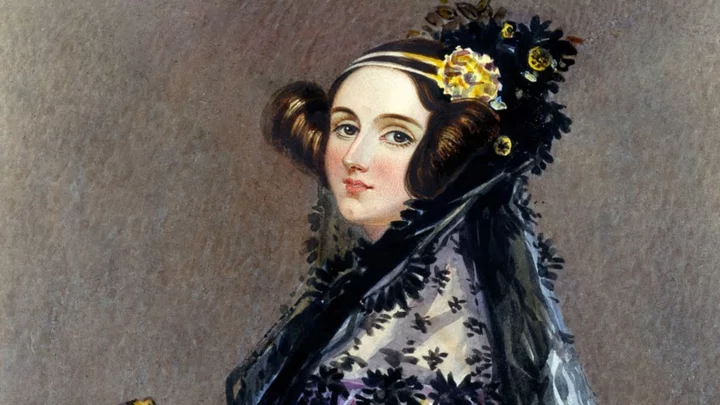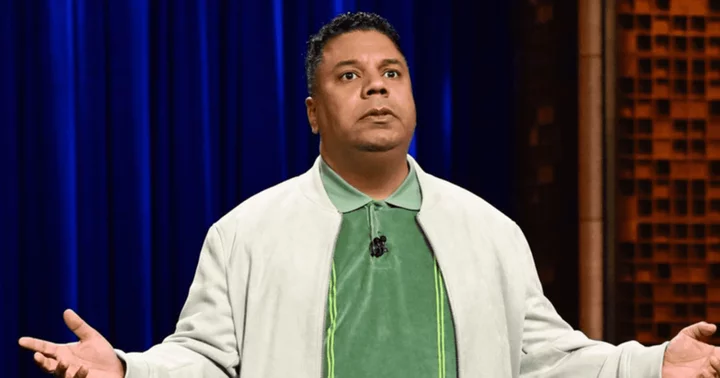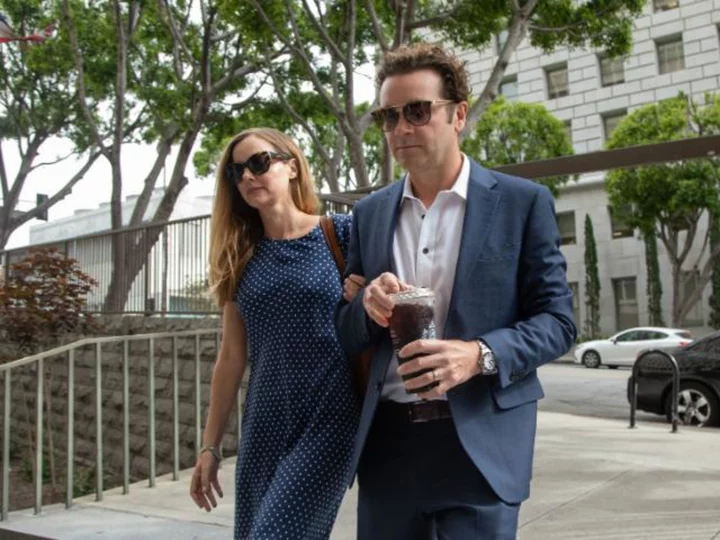Ada Lovelace has been called the world’s first “computer programmer.” In the 1840s, she wrote the world’s first machine algorithm for an early computing machine that existed only on paper. Lovelace was a brilliant mathematician, thanks in part to her privileged birth.
The Enchantress of Numbers
Born Augusta Ada Byron on December 10, 1815, she was the daughter of notorious Romantic poet George Gordon, Lord Byron. Ada was just a teenager when she met Cambridge mathematics professor Charles Babbage, who had invented the Difference Engine, a mechanical computer designed to produce error-free mathematical tables automatically. Babbage never built the actual machine due to personal setbacks and financing difficulty. By 1834 he had moved on to design his Analytical Engine, the first general purpose computer, which used punch cards for input and output. This machine also lacked financing and was never built. (Babbage’s Difference Engine was finally constructed between 1985 and 2002—and it worked.)
Babbage was impressed with the brilliant young woman, and they corresponded for years, discussing math and computing as he developed the Analytical Engine. In 1842, Babbage gave a lecture on the engine at the University of Turin. Luigi Menabrea, a mathematician (and future Italian prime minister), transcribed the lecture in French. Ada, then in her late 20s and known as the Countess of Lovelace, was commissioned to translate the transcript into English. Lovelace added her own notes to the lecture, which ended up being three times as long as the actual transcript. It was published in 1843.
Lovelace’s notes made it clear that she understood the Analytical Engine as well as Babbage did. Furthermore, she understood how to make it do the things computers do. She suggested the data input that would program the machine to calculate Bernoulli numbers, which is now considered the first computer program. But more than that, Lovelace was a visionary: She understood that numbers could be used to represent more than just quantities, and a machine that could manipulate numbers could be made to manipulate any data represented by numbers. She predicted that machines like the Analytical Engine could be used to compose music, produce graphics, and be useful to science. Of course, all that came true—100 years later.
Babbage was so impressed with Lovelace’s contributions, he dubbed her “the enchantress of numbers.”
A Wealth of Opportunities
How did a young woman get the opportunity to show the world her talents in the 19th century? Mathematical intelligence was not the only thing Ada had going for her. As the daughter of Lord Byron and his first wife Anne Isabella Noel Byron, she enjoyed entry into the aristocracy. Their marriage broke up shortly after Ada was born.
Lady Byron, who studied literature, science, philosophy, and mathematics, was determined that Ada not follow in her father’s footsteps. Instead of art and literature, Ada was tutored in mathematics and science. Ada excelled in all her studies, and her interests were wide-ranging. Ada became a baroness in 1835 when she married William King, 8th Baron King; the couple had three children. In 1838, she became Countess of Lovelace when her husband was elevated as 1st Earl of Lovelace. Her pedigree and peerage alone would have landed Lovelace in the history books, but her accomplishments in mathematics made her a pioneer of not only computing, but of women in science.
Lovelace died of cancer in 1852, when she was just 36 years old. More than 150 years later, we remember her contributions to science and engineering in the celebration of Ada Lovelace Day, an annual day set aside for learning about and supporting women in science, technology, engineering, and mathematics.
A version of this story ran in 2015; it has been updated for 2023.
This article was originally published on www.mentalfloss.com as Remembering Ada Lovelace, the First ‘Computer Programmer’.









